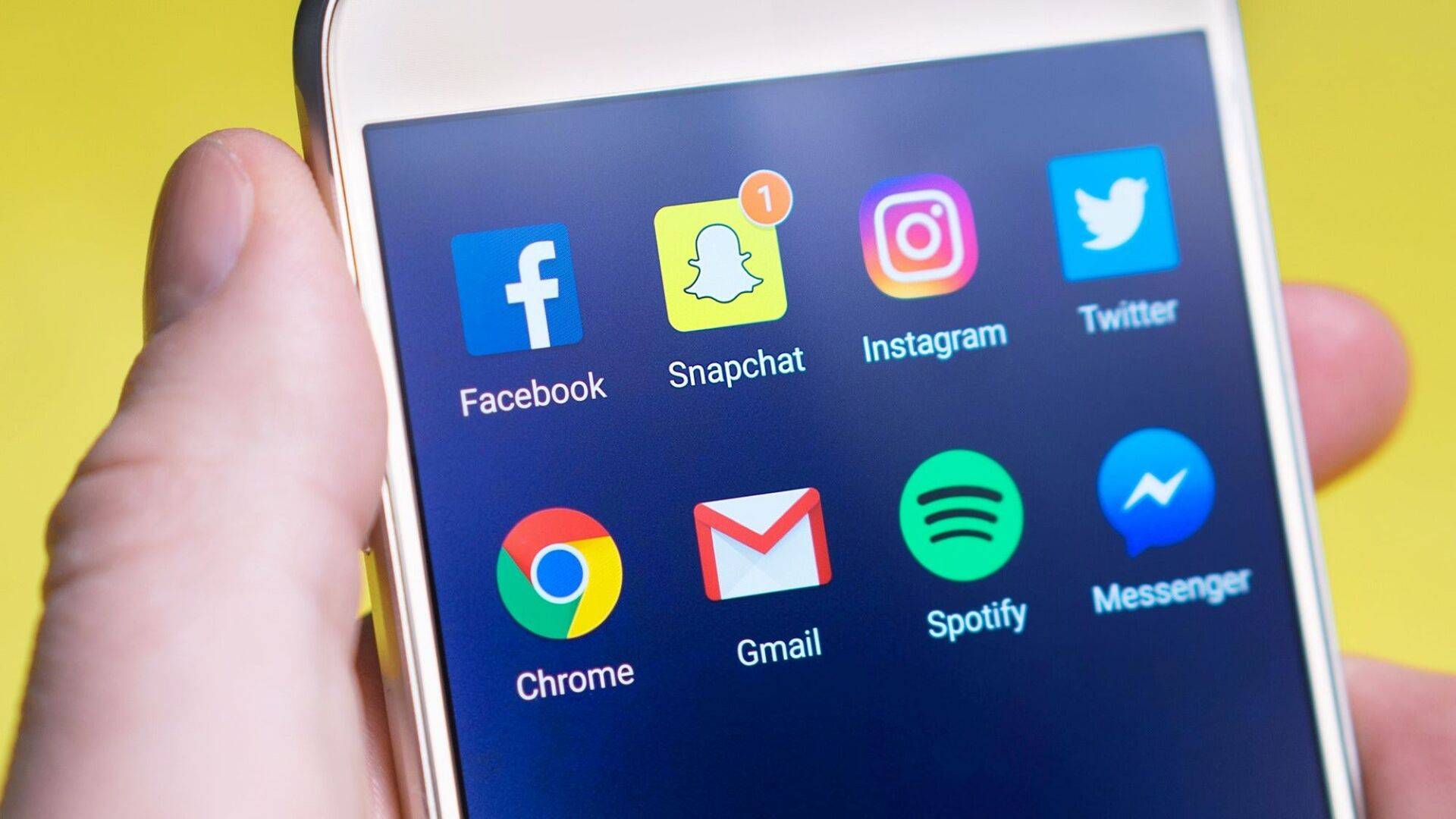
Today, there are many channels that organizations can utilise to share their messaging and increase brand awareness. Some require an investment, like print advertising and sponsorships, while others are free to set up, like LinkedIn and Facebook. Every company will approach their integrated marketing strategy differently based on their goals, target audiences and budget. Reviewing paid, earned, shared and owned models, otherwise known as the PESO model, will help marketing managers determine which platforms are the best fit for their brand. Read on to learn more about the PESO model and various organizations that are effectively using these channels.
Paid media opportunities are those that will require a segment of your marketing budget. Some brands allocate a large majority of their annual spend to print and digital advertising campaigns. Others use just a portion so they can focus on the E-S-O segments. Paid media comes in many forms, from LinkedIn video ads to event sponsorships to banner ads on websites deemed credible by your target audience. The purpose of your paid content will also vary. Some ads will aim to drive traffic to your company’s website, others will open a lead generation form for users to download content and still others will simply enhance brand recognition.
Talkdesk, which offers cloud-based contact center solutions, runs paid campaigns on LinkedIn zero in on the right buyer roles and titles and drive traffic to gated educational content. With LinkedIn Lead Gen Forms, the fields autopopulate with a member’s profile information, making it quick and easy for people to submit the form and access content. Running ads with LinkedIn Lead Gen Forms helped Talkdesk achieve nearly $11 for every advertising dollar spent.
Earned media increases awareness for your brand at no additional cost, yet requires a strategic approach in order to secure placements. Coverage won through public relations is often deemed by the public as more credible and memorable than advertisements. This makes it a worthwhile investment for many brands. Examples include interviews, bylined articles, product reviews and more.
The America’s Best Restroom contest from Cintas Corporation is an example of leveraging earned media. Each year, the launch of the contest results in media coverage, as facilities are encouraged to nominate their restrooms to win the grand prize. Once the finalists are announced, coverage in local media encourages community members to vote for places like restaurants, parks, museums and even airports in their area. America’s votes crown a winner, and this news generates national media attention in addition to local print, digital and television coverage.
Owned media channels are those that your brand has control over, like your website and blog. Brands that do effectively manage their owned media can improve the results of paid, earned and shared media. For instance, public relations secures coverage that links back to your company’s website. If the website is engaging, responsive and informative, this can result in higher ‘time on page’ averages, increased pageviews and even higher sales. This results in a return on the time and money spent on website design, content creation and PR.
Consider how construction equipment manufacturer CAT approaches owned media. Its “On the Level” blog shares guides and how-to articles on topics tailored to the brand’s audience. The site has a visually appealing design and allows users to filter content by machine type or industry topic to easily locate relevant blogs.
Shared media is content your brand shares to social platform like LinkedIn, Facebook, Twitter, Instagram and more. It’s important to have a consistent presence on platforms used by your customers, prospects and employees so they regularly have exposure to your messaging.
Maersk, a Danish shipping company, frequently lands on top 10 lists of brands doing social media well, and there are many reasons why this is the case. The company’s LinkedIn page frequently shares insightful reports and data relevant to supply chain managers, features success stories celebrating its customers and Maersk’s logistics services and highlights its history and culture, such as through its 135th anniversary campaign for its seven-pointed star, the symbol of the brand. More than 900,000 people follow the brand on this platform, and another 230,000+ follow it on Instagram.
Distributing your brand’s messaging and content via numerous relevant platforms can help drive buyers through the sales funnel. The PESO model considers the impact that paid, earned, shared and owned media has on organizations and their customers. Striking the right balance among these four categories is key. It can impact how much time and money you’ll spend on crafting and distributing content, and outcomes like clicks, reach, shares, downloads and conversions.
Mulberry can help your organization determine which channels are best for your business. Contact us today to learn more about integrated marketing best practices.
Jess Messenger is an Account Director at Mulberry Marketing Communications, an award-winning full-service B2B communications agency based in Chicago, London and Australia. She enjoys developing PR campaign strategies and writing for B2B audiences across numerous verticals such as retail, foodservice and healthcare.